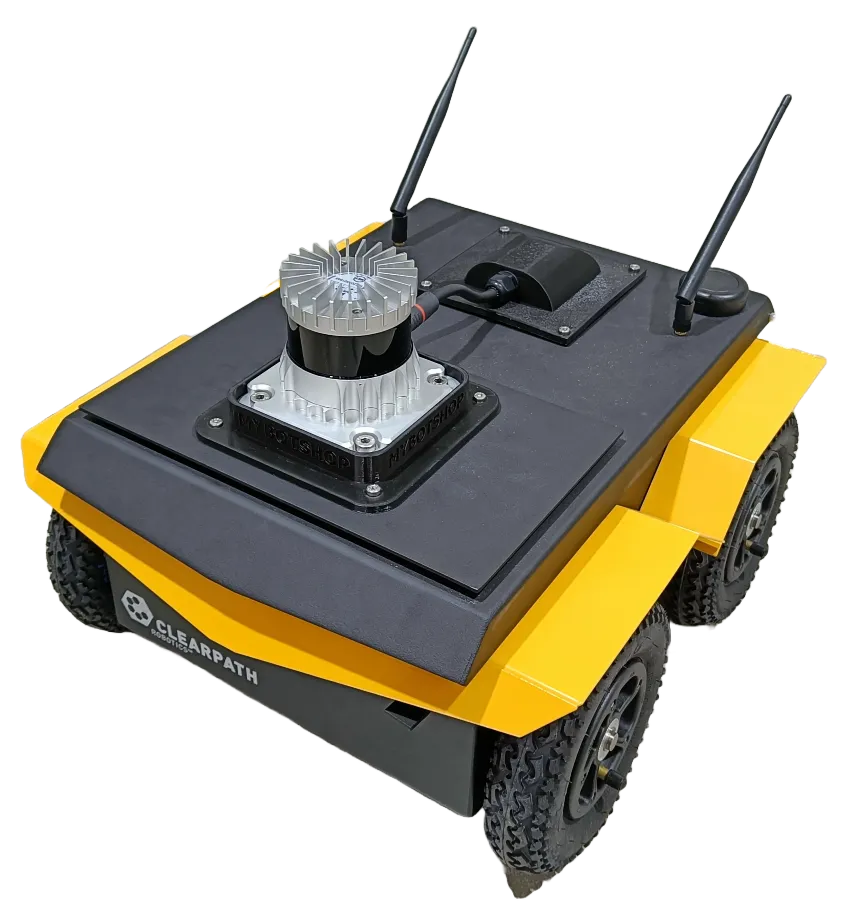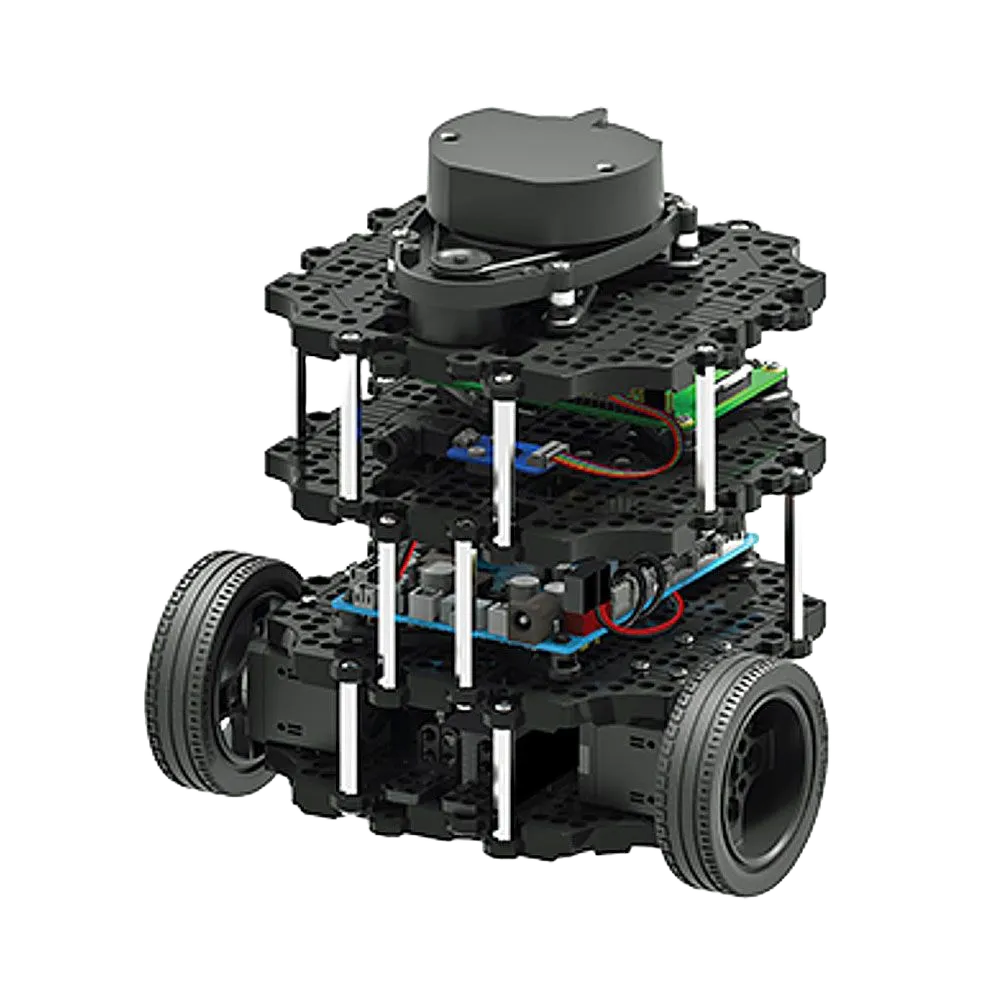
|

|
As the last stop on the research journey, this chapter provides a thorough analysis of the developed autonomous tunnel exploration strategy, its implications, and potential directions for future Research.
In both lab testing and simulation, the proposed strategy which relies on Lidar data illustrated tremendous accuracy and produced precise maps. On the other hand, because of its sensitivity to orientation disparities, there were sometimes false positive results and at times, required additional exploration time. Based on the strategy’s remarkable efficacy and consistency, applications that value precision and thorough environmental mapping may find it useful.
PDFS explores based on the priority of frontiers that we set in the algorithm. This priority is customizable and lets us choose the direction of exploration in the case of large tunnel networks. On the other hand, RRT approach performs random movement during exploration which makes it inefficient for the cases of direction-preferred exploration in large tunnels. Furthermore, in several cases, the robot while performing RRT staggered for a few minutes struggling to select and navigate to a provided goal.
Getting back to PDFS, is that it keeps a record of all the junctions and their frontiers encountered during the process of exploration which in case of battery failure helps to continue the exploration again from a specific point.
In lab testing and simulation, the RRT-based strategy which was identified to be the state-of-the-art approach demonstrated satisfactory results, especially in terms of speed. However, the information richness was compromised by the lack of detail in the created maps and the lack of data acquisition. There were certain shifts in the maps observed which can be seen in Fig. ref{fig: rrt_magnified}. Since the method performs well in exploration tasks, it is a good fit for applications where exploration speed is more important than map details.

The trade-offs between the two tactics were highlighted in the evaluation. Although it needed more time for examination, the independently designed technique excelled in precision and detail. By contrast, the RRT-based approach gave speed priority at the expense of map detail in small tunnel environments. The particular needs of the application will determine which of the two solutions is best.
Discussion
The discussion revolving around our strategy dives into the thorough details of the designed methodology, its implementation, and its performance. We have not only studied the intricacies and challenges in the domain of autonomous navigation within the tunnel environments but also explored the strategies and algorithms and what are their strong and weak points.
When talking about our proposed methodology the PDFS, it has some limitations such as, that when the robot is oriented correctly, the simulation testing of the robot shows great accuracy in junction identification. Its reliance on orientation, however, raises the risk of false positives in the event that the orientation is off. Compared to the RRT-based technique, the strategy’s exploration time is comparatively longer in small tunnel environments, producing maps that are precise and easy to understand. In a simulated setting, the method works well and consistently, however, in addition to the requirement of correct orientation, there were sometimes false positives detected due to lidar noise footnote{This issue only occurred with the Turtlebot3 due to it having a lower-end lidar}.
When compared to the proposed developed strategy, the RRT-based approach performs far better in simulation and real-world testing due to its quick exploration, enabling it to finish tasks much quicker. However, as mentioned previously, there’s a lack of clarity and detail in the created maps. The depth of information accessible in the maps is sacrificed by the RRT-based technique in exchange for speed. Though it yields less precise results, the method works quickly.
Finally, the proposed strategy is effective in junction detection in laboratory testing. However, orientation continues to be a determining factor, which might result in false positives. A thorough awareness of the physical environment is produced by the prolonged exploring period, which also yields precise maps. The proposed-developed technique works well and consistently in a real-world environment, even with sporadic false positives.
Limitations
We have not only presented the positive outcomes but also have acknowledged the challenges posed by false positive results. The limitations associated with y-junctions and multi-junctions cannot be neglected. These observations inform us that the autonomous exploration domain is dynamic in nature and there is a need for adaptive solutions that could simplify the problem and they should be capable enough to address and overcome complex environmental factors.
As long as the robot’s orientation was appropriately aligned, the simulation testing of the independently created strategy demonstrated impressive accuracy in junction identification. It was clear that orientation disparities might lead to misleading positive results. Large-scale mapping was made possible by the extended exploring period, providing an in-depth understanding of the virtual world. Simulation testing has shown us the need for rigorous orientation handling in minimizing false positives and the trade-off between accuracy and exploration time.
Contribution
Our research presents a novel strategy for tunnel exploration with autonomous mobile robots and contributes to the field of robotics and autonomous navigation. Through the development of a priority-based depth-first search algorithm and rigorous experimental validation, a robust framework for efficient navigation and data acquisition in tunnel environments has been proposed in the work. Additionally, the existing methodologies have been compared and evaluated with our methodology, which provides a clear picture of the innovative capabilities and practical implications of our approach.
By sharing our findings and contributions of our research work, we believe that this provides a stepping stone, especially in the development of techniques related to junction detection and key location identification and storage within a supervised framework.